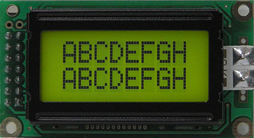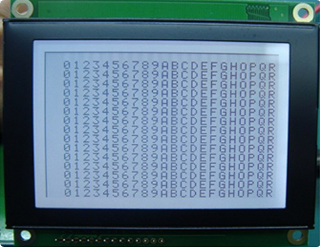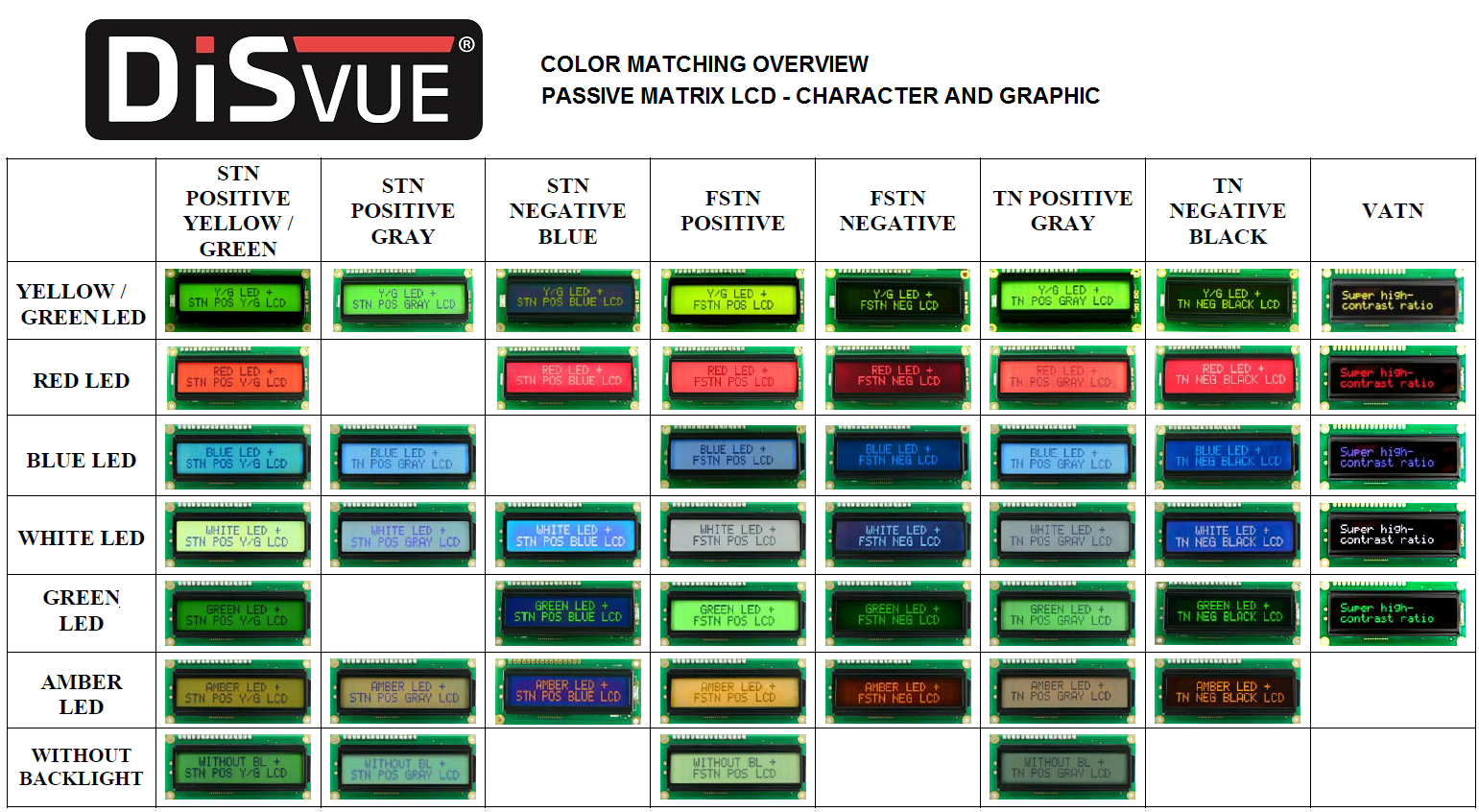
LCD
LCD products are often referred to the “passive matrix” types and are usually monochrome. For color modules cheaper types of TFT (the active matrix LCD) and even the OLED (for wearables). LCDs enable a flexible way of interfacing between equipment and people from basic 7-digit panels to full graphic types.
These passive LCD types are relatively easy to interface and can feature a controller/driver IC to decrease the data transfer between host processor and display and are drive similar to how memory is addressed. It decreases software development, increases speed and performance.
Most people still experience LCD as an older standard, but the technology is still evolving. Needless to say that the low tech segment displays are still there, but the newer technologies offer greater optical performances in speed, contrast and viewing angles and are suitable to be combined with different color or dual / multi-color backlights.
Common technologies:
- TN – Twisted Nematic
- STN – Super Twister Nematic
- FSTN – Film Compensated Super Twisted Nematic
- VATN – Vertical Alignment Twisted Nematic
- FS LCD – Field Sequential LCD
- Ch LCD – Cholesteric LCD
Common structures:
- Glass LCD (No Driver)
- COB LCD (Chip On Board)
- COG LCD (Chip On Glass)
Common connection types:
- Pin terminal
- Elastomers Silicon Strips
- Heat seals
- Flex tail (FPC / FFC)
Below some special features the factories DISvue® works with to offer you the best display experiences.
Shape:
Besides the standards like 7- or 11-segment characters, dot matrix character types and full graphic types in common set-ups, we support full-custom up to a free shape display with edges and curves. And of course we can offer the round models, both as a standard or as a custom feature.
Another way of distinguishing the shape is either a board supported type (COB) or glass panel only (COG). The COG types can have a price advantage as well as lower profile.
Free shape displays are types that have different angles and more than 4 corners and in some cases round shape.
Readability:
To achieve a contrast, LCDs must have a light source. Ambient light can be sufficient, but when it is indoor or low ambient light situations, it is not so easy to create an optimum. Therefore LCD panels and modules are mostly combined with a backlight to create contrast.
Depending on the light source and LCD can be reflective (no backlight option, very low power), transmissive (must have a backlight) and transflective (good visibility in poor and high ambient light environments).
To reach an optimum the displays may also come with improved optical performance. VA technology (Vertical Alignment) is the most common type and it creates both better viewing angles and higher contrast.
Backlight:
LCDs depend on a light source of some sort. This may be ambient light or a so called backlight, either an array type or an edge type. Since LED backlights can combine the different advantages of low profile, low power, long life, wide temperature and improved brightness, DISvue disregards other obsolete backlight technologies. LED backlights are free shape, easy to control and can be supplied in different colors or as dual / multi-color.
When the LCD is a transflective type or reflective type, the ambient brightness is no longer an issue or even an advantage towards readability.
On a special note we mention the high brightness backlights that can go up to 1000 nits or higher, making the displays perfect for outdoor and maritime applications.
Temperature range:
Although the LCD technology is a liquid based one, the improved liquid types have resulted in better performance throughout a very wide range (sometimes with additional technical supporting features). The automotive market has been the main market to expand the use of -40 ⁰C throughout above +85 ⁰C. But also industrial applications that are used in demanding outdoor applications benefit from a very wide temperature option.
Touch:
The touch add-on is mostly used in combination with graphic types and in various kinds of custom solutions and with e.g. displays which offer icons. These icons can be made in any variety. The touchscreens can be with or without touch controller type. As touch technology the resistive 4-wire type is still common for LCD, (area) projected capacitive types are gaining market share especially with TFT modules (see TFT page).
Power:
Given the fact that LCD is a mature technology, the basic inputs remain mostly backwards compatible. For convenience reasons most displays can be adjusted to a single Voltage input (e.g. +5V). As an option factories offer other standard Voltage inputs such as +1.8V; +2.5 ~ 2.8V and +3.0V ~ +3.3V. An integrated voltage power circuit takes care of the different internal Voltages.
For example DISvue® develops with the help of the original factory a special circuitry with DC-DC converter or a temperature compensation circuit.
Bi-Stable LCD
A special mention for ultra-low power LCDs. These so called “zero power displays” can retain the same image or information for years without the need of an external power source.
For those applications that need to run on the lowest of energy consumption, ChLCD (or e-Paper or Bi-Stable LCD) might just work best. Applications like e-readers and dynamic price tags are the most common examples, but there are many more.
Other requirements:
The market for displays is still very dynamic, some technologies more than others. The above information are the basic headlines of the features and options. Should the application require other special additional solutions, we welcome your inquiries for customized products.



